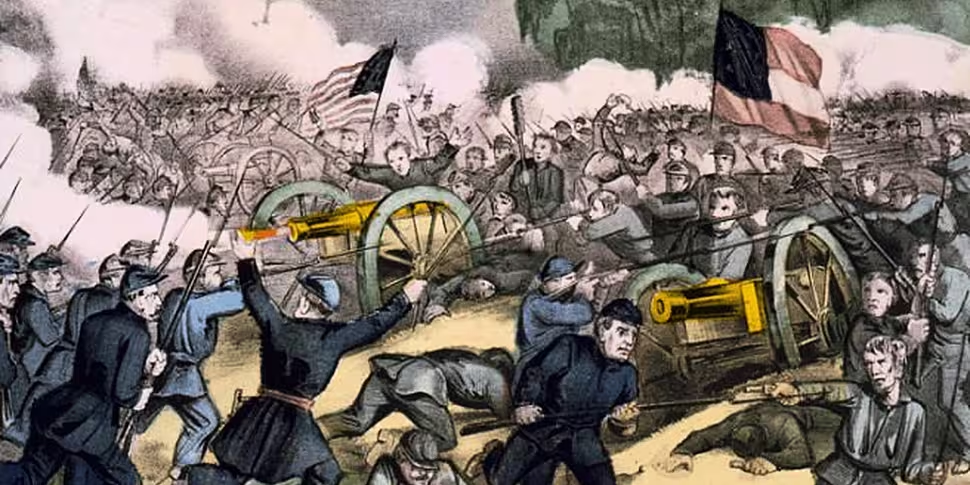The Battle of Gettysburg was one of the seminal moments of the American Civil War, taking place during the first three days of July 1863. It was also one of the most brutal encounters of the conflict, with tens of thousands of casualties on both the Federal and Confederate sides.
The conclusion of the battle saw the American Civil War take a decisive swing in favour of the Federal side. The changing nature of the war was further outlined in President Lincoln’s famous Gettysburg Address on 19 November, 1863, at the scene of the battle, just four months after its occurrence.
In June of 1963, the Confederate side, led by General Robert E. Lee, had launched the Gettysburg Campaign. This was following their success in the Battle of Chancellorsville in April of that year. Buoyed by their success, Lee and his troops marched north in the hope of pushing back the Federals and threatening the sanctity of the Union.
They progressed through Virginia and Maryland, with relative ease, before finally encountering the Federal forces in Gettysburg, Pennsylvania, who were led by General George E. Meade.

From l/r, General George E. Meade and General Robert E. Lee
During the first two days of fighting, the Confederates initiated their attack against Meade and his men. However, the Federal troops stood firm throughout. On the third day, Lee seeked to strike the decisive blow. His men focussed on the heart of Meade’s army with an offensive which has come to be known as Pickett’s Charge, but once again they were thwarted and forced to retreat.
Meade directed his troops that had survived the onslaught to follow in pursuit. Various skirmishes broke out in the days that followed, but what remained of the Confederate army managed to escape. They were forced back through Maryland and over the Potomac River to Virginia once again, ending the Gettysburg Campaign.
This battle occurred in the mid-point of the Civil War, but arguably, the Confederate side never recovered from their failure to puncture the Federal line at Gettysburg. In tactical terms, the outcome was relatively even, as the numbers of casualties were comparable. However, there is no doubt that the Lee failed in his aim to progress further north. Meanwhile, Meade’s army withstood the attack and maintained control of the Union, though his pursuit of the Confederates could have been more forceful.
Lincoln Address Memorial at the Gettysburg National Cemetery
Today, the Battle of Gettysburg is considered the turning point of the American Civil War. From this point on, the Confederate side failed to initiate any successful offensive manoeuvres and were consistently on the back foot. The Federal forces, now led by General Ulysses S. Grant, continued to pressurise Lee’s men. Eventually, Lee surrendered to Grant at the Appomattox Court House, Virginia on 9 April 1845, almost two years after the battle that shaped the war.
Join Patrick and his panel of experts as they examine one of the iconic battles in American History. Who were the key figures during the battle? Is it fair to consider it the turning point of the American Civil War? And what is the legacy of this battle today?










